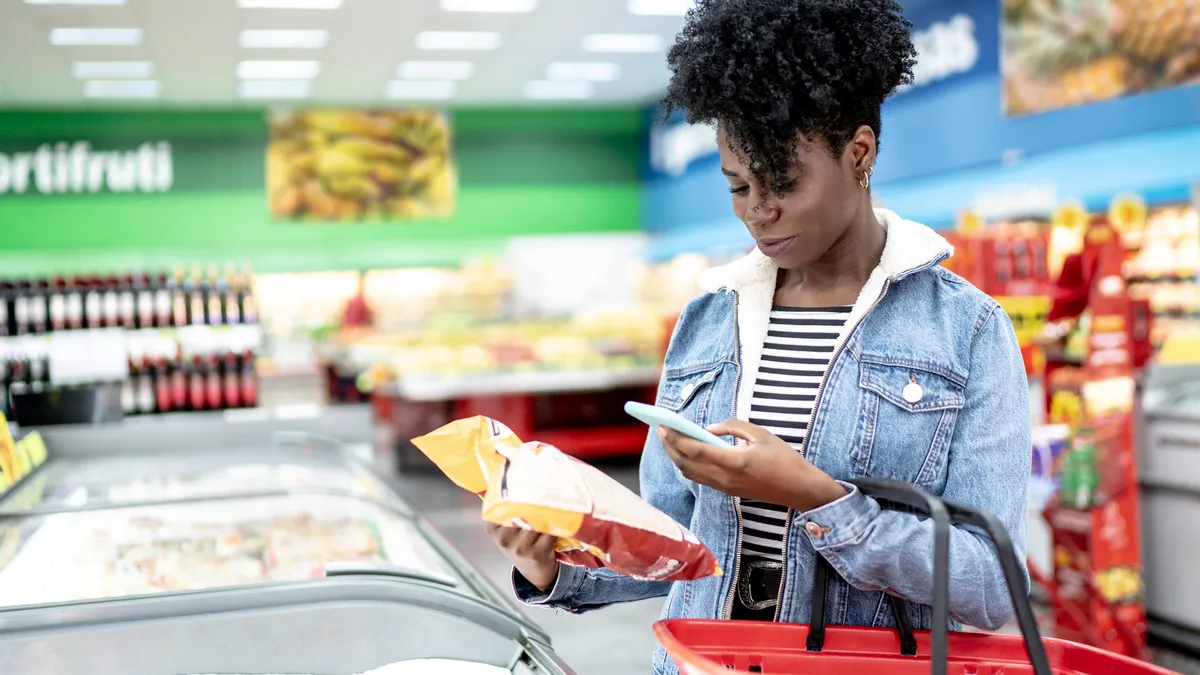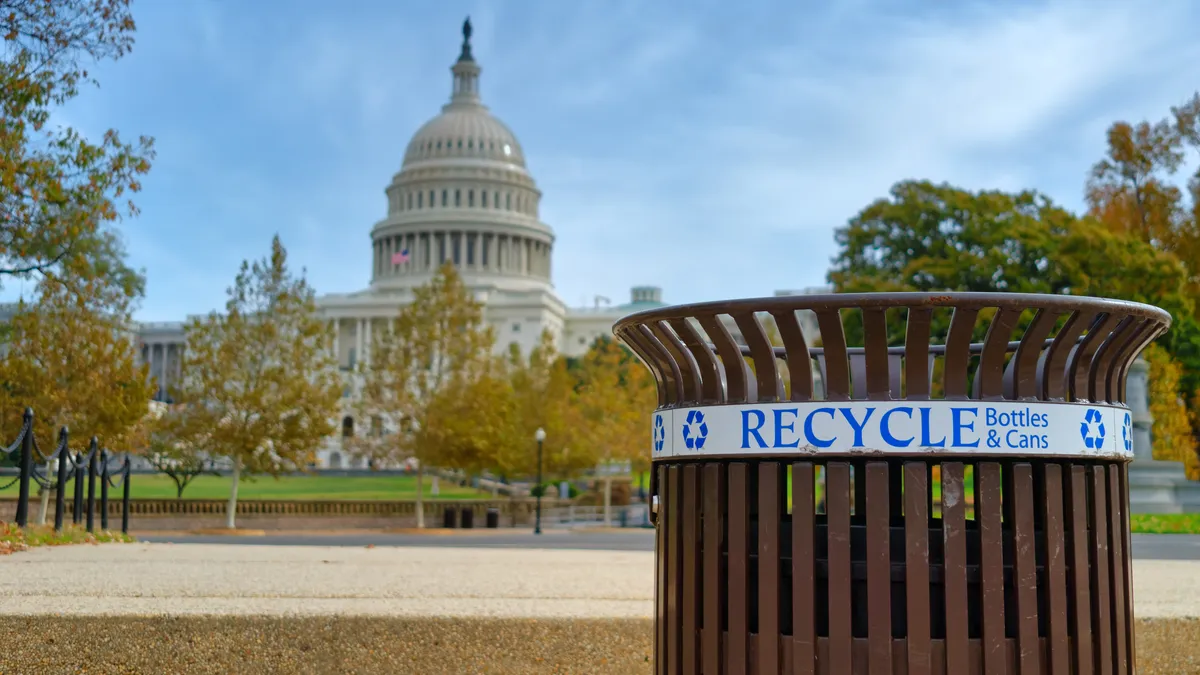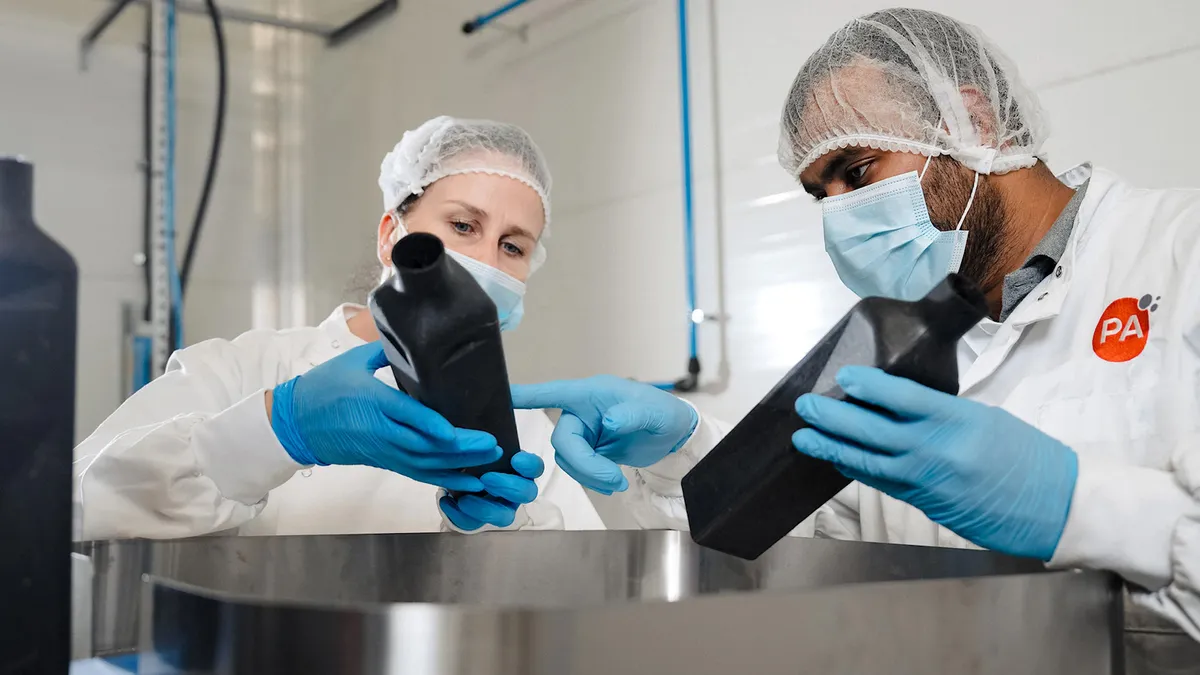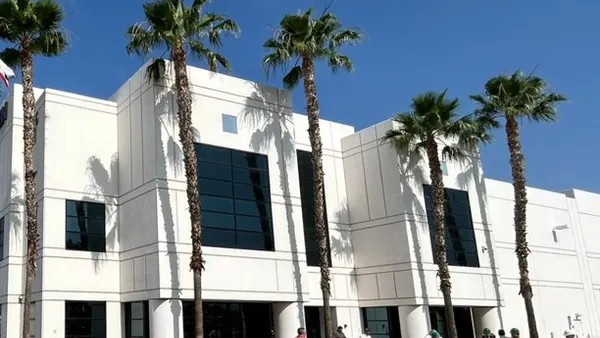The transition to implementing more complex QR codes on packaging continues to gain momentum, industry speakers discussed in sessions at the virtual Connected Packaging Summit this month. The technology presents notable growth opportunities in traceability, anti-counterfeiting, personalized marketing, waste prevention and more.
The barcode, “a 1970s symbol,” is not enough anymore, said Phil Archer, director of web solutions at GS1, an international organization that develops and maintains standards for barcodes. Scannable symbols need to be able to store more information and connect to the web — overall, they must “earn” their space on a package, Archer said.
One in-development use case for QR codes is implementing dynamic pricing based on a product’s expiration date, with the potential to increase sales and reduce waste. Some supermarkets in Brazil are trialing that concept, noted Jenny Stanley, founder of Appetite Creative, the London-based advertising firm behind the event, which specializes in digital experiences.
Currently, two of the main potential benefits from QR codes are product traceability and personalized marketing. On the former, an organization can track where a product is throughout the value chain. The code can also serve as a tool for counterfeit prevention, said Ali Azhar, associate product manager at Tetra Pak. For marketing, a QR code could tie a product to a specific consumer for purposes of offering loyalty points.
Azhar sees the Americas and Asia-Pacific as among the geographic markets primed for growth. “The more the industry is connected, the more the people are more used to digitalized experiences, the easier it is for QR code adoption to pick up in those markets,” Azhar said.
Messaging needs to be locally relevant, from a cultural and language standpoint, and geolocation allows for this flexibility, said Pippa Guerra, global marketing senior manager for Evian at Danone. Guerra also said her organization is also investing in gamification.
Solutions like QR codes that declutter packaging design and save space are a “positive step,” said Sukhdev Singh Saini, global toothbrush and devices packaging lead at Colgate Palmolive. Another trend that’s poised to grow is leveraging QR codes for accessibility: for example, including audio options at links for individuals who may be visually impaired.
As sustainability is increasingly important to brands, connected packaging elements can be implemented on reusable packaging as well, said Paul Jenkins, managing director at ThePackHub Innovation Zone.
It’s not just QR codes: The future of connected packaging could be a mix of “overt” and “covert” symbols, such as a combination of a QR code and digital watermarking, said Amazon’s Güneri Tugcu, senior partner manager in transparency.
As brands try to incorporate these solutions, multiple experts noted the importance of pilot programs. For example, studying QR code engagement can help inform where to place them on packaging, Tugcu noted. And as artificial intelligence applications continue to expand, AI is likely to impact how campaigns are run in the future, Jenkins noted.











